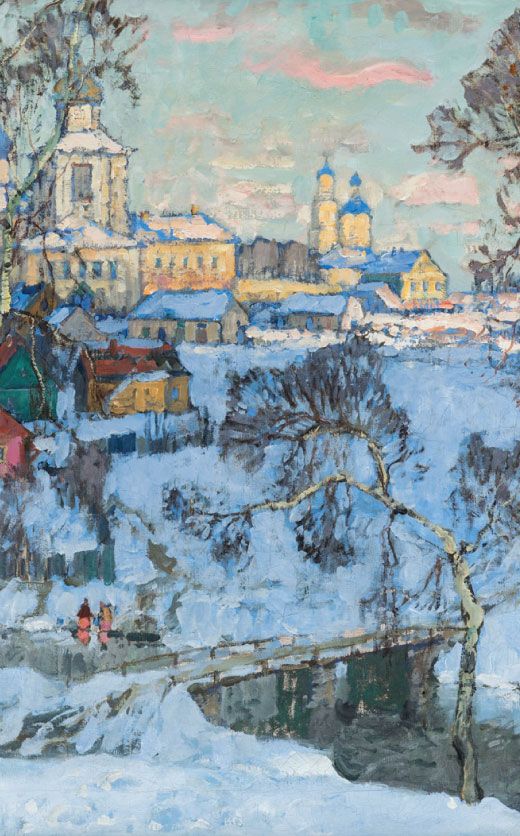Exhibited 19th C. PNG Canoe Prow Figure - Nguzu Nguzu
Lot 8c
About Seller
Artemis Fine Arts
686 S Taylor Ave, Ste 106
Louisville, CO 80027
United States
Selling antiquities, ancient and ethnographic art online since 1993, Artemis Gallery specializes in Classical Antiquities (Egyptian, Greek, Roman, Near Eastern), Asian, Pre-Columbian, African / Tribal / Oceanographic art. Our extensive inventory includes pottery, stone, metal, wood, glass and textil...Read more
Categories
Estimate:
$2,000 - $4,000
Absentee vs Live bid
Two ways to bid:
- Leave a max absentee bid and the platform will bid on your behalf up to your maximum bid during the live auction.
- Bid live during the auction and your bids will be submitted real-time to the auctioneer.
Bid Increments
| Price | Bid Increment |
|---|---|
| $0 | $25 |
| $300 | $50 |
| $1,000 | $100 |
| $2,000 | $250 |
| $5,000 | $500 |
| $10,000 | $1,000 |
| $20,000 | $2,500 |
| $50,000 | $5,000 |
| $100,000 | $10,000 |
| $200,000 | $20,000 |
About Auction
By Artemis Fine Arts
Aug 22, 2025
Set Reminder
2025-08-22 10:00:00
2025-08-22 10:00:00
America/New_York
Bidsquare
Bidsquare : Indigenous Art - Ralph T. Coe Center, Santa Fe, NM
https://www.bidsquare.com/auctions/artemis-gallery/indigenous-art---ralph-t-coe-center-santa-fe-nm-20324
Featuring works of art from the Ralph T. Coe Center for the Arts in Santa Fe, New Mexico, a non-profit focused on promoting Indigenous Arts globally. All proceeds from the sale of these items will support future grants to Rehoming Program participants. Artemis Fine Arts info@artemisfinearts.com
Featuring works of art from the Ralph T. Coe Center for the Arts in Santa Fe, New Mexico, a non-profit focused on promoting Indigenous Arts globally. All proceeds from the sale of these items will support future grants to Rehoming Program participants. Artemis Fine Arts info@artemisfinearts.com
- Lot Description
Oceania, Melanesia, Papua New Guinea, Solomon Islands, ca. 1850 CE. A compelling mid-19th century carved wood canoe prow figurehead from the Solomon Islands, known in the Roviana Lagoon region of New Georgia as a nguzu nguzu (also called musu musu or toto isu). Once inlaid with shimmering mother-of-pearl, this example retains a small surviving patch of shell on the proper left jawline, a trace of its original ornate surface. Nguzu nguzu served as supernatural guardians affixed to the base of tomako (war canoes), their projecting backs lashed securely to the prow so that the stylized head skimmed the water. As the canoe cut through the waves, the figure was believed to calm seas, navigate around hidden reefs, repel malevolent water spirits, and ensure both safe passage and success in fishing or raiding expeditions. Size: 3" L x 2.3" W x 5.4" H (7.6 cm x 5.8 cm x 13.7 cm)
In the martial context of the 19th century Solomon Islands, such expeditions often included ritualized headhunting, intended to capture mana, or spiritual power, for the protection and prosperity of the community.
Carved without a torso yet with defined shoulders and arms pressed together beneath the chin, this figure exhibits the archetypal features of its type: an enlarged head, pronounced jaw, circular ear ornaments within elongated lobes, and facial patterns - once picked out in shell inlay - that echo ceremonial paint or tattoo motifs worn by Roviana men. According to regional lore, the nguzu nguzu could embody Tiola, a mythic ancestor who took the form of a dog and taught canoe-building, or Kesoko, a water spirit who piloted and protected the vessel. The jutting jaw was regarded as a spirit attribute, while the presence of a held object could signal intent - figures clasping birds denoted peace, while those holding human heads foretold war.
A powerful remnant of seafaring tradition, this nguzu nguzu speaks to the artistry, spiritual beliefs, and maritime lifeways of the Solomon Islands before the decline of headhunting in the early 20th century. Today, its form endures as an emblem of cultural identity, reimagined by contemporary artists while retaining its ancestral potency.
Exhibited: 2015, July - 2016, April. "Connoisseurship and Good Pie: Ted Coe and Collecting Native Art" at the Wheelwright Museum of the American Indian, Santa Fe, New Mexico. Organized by the Ralph T. Coe Foundation. Wheelwright Museum of the American Indian.
Provenance: Ralph T. Coe Center for the Arts, Santa Fe, New Mexico, USA, purchased in April 2001; ex-Taylor "Tad" Dale Gallery, Santa Fe, New Mexico, USA; ex-Bishop Patterson Collection
All items legal to buy/sell under U.S. Statute covering cultural patrimony Code 2600, CHAPTER 14, and are guaranteed to be as described or your money back.
A Certificate of Authenticity will accompany all winning bids.
We ship worldwide and handle all shipping in-house for your convenience.
#196712Missing shell inlays except for one small remaining piece on proper left side of jawline. Weathering to surface and stable fissures to wood, commensurate with age. Rich encrustations and patina throughout.Condition
- Shipping Info
-
All shipping is handled in-house for your convenience. Your invoice from Artemis Fine Arts will include shipping calculation instructions. If in doubt, please ask before bidding for estimated shipping costs for individual items.
-
- Buyer's Premium



 EUR
EUR CAD
CAD AUD
AUD GBP
GBP MXN
MXN HKD
HKD CNY
CNY MYR
MYR SEK
SEK SGD
SGD CHF
CHF THB
THB












